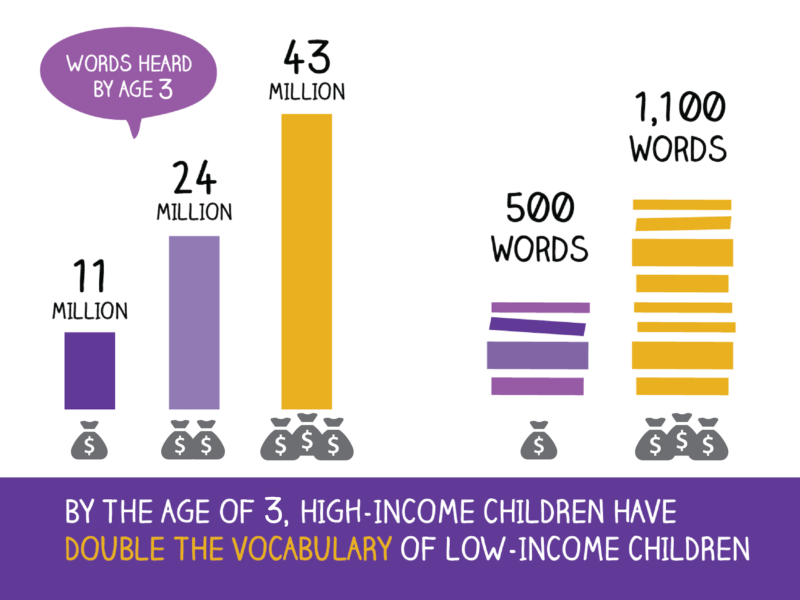ADR› Family Literacy›
Family Literacy
Family Literacy Programs and Who Benefits From Them
Designing and delivering literacy programs that benefit both parents (or other family members) and children makes sense. But do family literacy programs really work? And if so, who benefits? School administrators, community leaders, and funding agents want to know the answers to these questions before deciding to support family literacy programs. Based on a study from Kent State, it as determined that the concept of family literacy is firmly rooted in a substantial research base from several disciplines, including adult literacy, emergent literacy, child development, and systems analysis. Nancy Padak and Tim Rasinski reviewed research from each of these disciplines to find research-based answers to questions about the benefits of family literacy. In brief, the results show that family literacy programs do work and that at least four groups benefit: children, parents, families as units, and the larger society.
Children Benefit From Literacy Programs
- Children’s achievement in school improves. One review of 53 studies showed, beyond dispute, that student achievement results from increased parent involvement in education.
- Children attend school more regularly and are more likely to complete their educations. This has been a persistent finding for more than 30 years.
- Children’s general knowledge, including that measured by intelligence tests, improves. One major research review found that the learning environment in the home accounts for more than half the variance in children’s IQ scores.
- Children’s oral language development accelerates.
Reading aloud to children is the single most effective parent practice for enhancing language and literacy development. - Children become more ready to attend school.
- Children’s overall reading achievement improves. One study of more than 38,000 children found a relationship between literate home environments and reading achievement.
- Children’s reading vocabulary improves. Even Start children, for example, gain at double the expected rate on a standardized vocabulary measure.
- Children’s phonemic awareness and decoding ability improves. They become more able to recognize unknown words in print.
- Children’s comprehension improves. These separate factors—vocabulary, decoding, and comprehension—combine to support overall achievement in reading.
- Children’s writing improves.
- Children’s math and science achievement improve. Gains in these three areas—writing, math, and science—are particularly impressive because so few family literacy programs address these subjects.
- Children’s social skills, self-esteem, and attitudes toward school improve. All these have the potential to support children throughout their lives.
- Children are healthier. Aside from its general importance, good health is related to higher achievement in school.
- ESL children and their parents learn English.
- Children’s understanding of print (forms and functions) grows.
- Children’s motivation to read increases.
The 30 Million Word Gap
The “30 million word gap” refers to a research study conducted by psychologists Betty Hart and Todd Risley. Their study showed that children from lower-income families hear a staggering 30 million fewer words than children from higher-income families by the time they are 4 years old. Not surprisingly, this word gap puts children from lower-income families at a significant disadvantage. Their vocabularies are approximately half the size of their higher-income counterparts, and they are unprepared for the early years of school curriculum. What’s more, the word gap also has long-term effects on education, career, and family.

The researchers came to this conclusion through visits with 42 families from varied income groups. They observed conversations between parents and children and tracked those against income measures including household income and welfare status. The total study group included 13 high-income families, 10 middle class families, 13 families of lower income, and six families on welfare. Researchers observed each family for one-hour sessions every month when the children were between the ages of 7 months and 3 years.
“The results of the study were far more severe than anyone could have anticipated,” according to a release announcing the study results. “Observers founds that 86 percent to 98 percent of the words used by each child by the age of three were derived from their parent’s vocabularies…. Not only were the words they used nearly identical, but also the average number of words utilized, the duration of their conversations, and the speech patterns were all strikingly similar to those of their caregivers.”
These findings emphasize how critical it is to talk, sing, and read aloud to children daily starting from birth through the preschool years to promote not only language development but overall brain development.
Working to help bridge the literacy gap between socioeconomic classes among elementary students.
In their pre-school years, children from middle-class families are exposed to millions of words that fail to reach the ears of children in poverty. As a result, children from middle-class families start school with a much larger vocabulary than that of their less affluent counterparts. Moreover, children in poverty often arrive at school with little exposure to the formal language required to succeed in school and later in the workforce. They also lack background knowledge, or context, that facilitates learning. Children from middle-class families develop background knowledge from exposure to books and from experiential learning outside the immediate vicinity of where they live. In contrast, the background knowledge of children in poverty often is limited to what they see and hear in their homes and neighborhoods.
